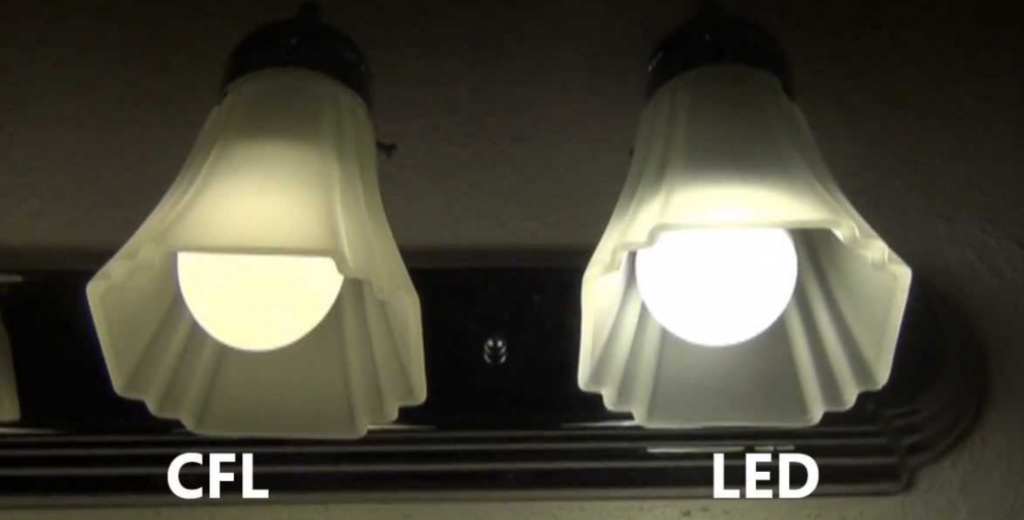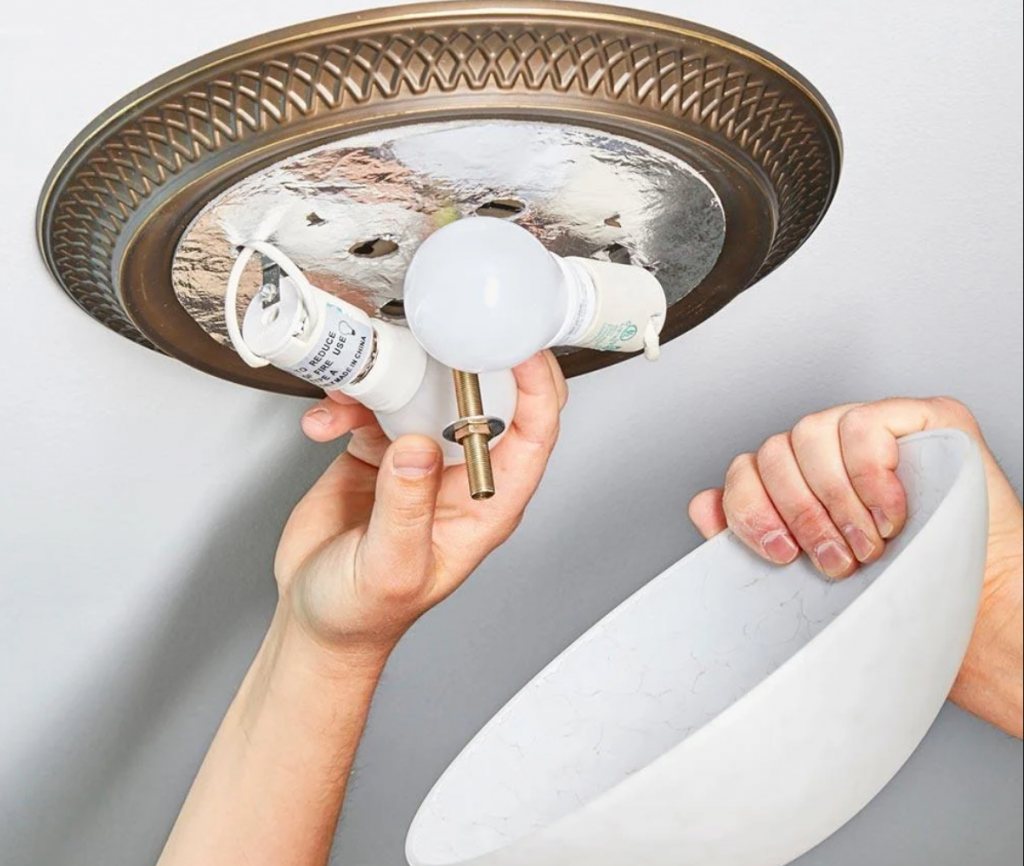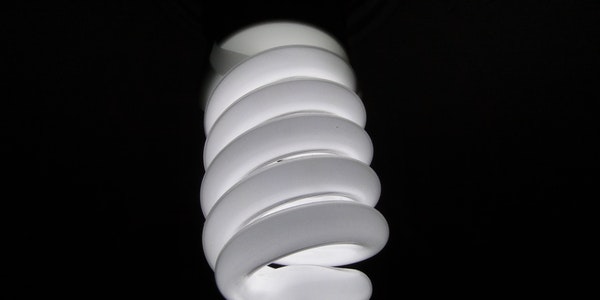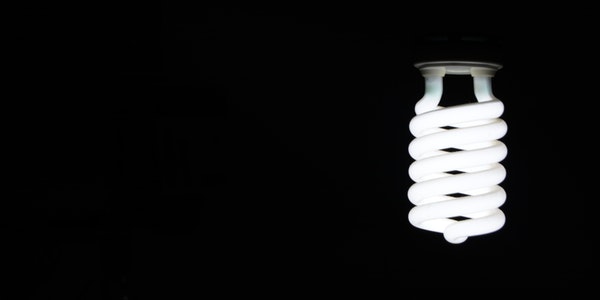The Light Efficiency of Incandescent Lamps is very Low, Why?
Half a century ago, if your bulb broke, the only viable alternative was incandescent bulbs. At that time, incandescent lamps were sold everywhere, they could be replaced quickly, and they were very cheap.
However, since the 1990s, incandescent light bulbs of any form have been difficult to find.
So, what caused incandescent bulbs to experience the roller coaster-like rise and fall?
Incandescent bulbs are very wasteful because 90% of their energy is converted into heat, and only 10% of the energy is converted into light, so the efficiency is quite low. In general, the luminous efficiency of incandescent bulbs is about 5% of the energy consumed.
Therefore, in terms of its performance, incandescent bulbs are more heaters, and light sources are just by-products. Therefore, after half a century of development, new technologies such as energy-saving lamps and LED lamps have replaced incandescent lamps on a large scale around the world, because the former two have very little heat and high luminous efficiency.
To be sure, just as the new generation born in the 21st century is full of endless curiosity about the Hollywood movies of the 20th century, many people still have a strong curiosity about incandescent lamps. This is our unique human instinct to explore the unknown world.
So here, I will introduce the type of light emitted by an incandescent lamp, how it works, and the amount of heat it generates.
The working principle of incandescent lamp
As we all know, since Edison invented the incandescent lamp in 1879, it has had a glorious history of nearly 150 years as the world’s main lighting source.
So do you know how it works?
The incandescent bulb consists of a thin carbon filament in a spiral shape that is thinner than a human hair in a glass vacuum lampshade.
When current passes through the filament, the filament first generates heat, and then emits light to become a light source. The principle is that the atoms of the filament capture a lot of extra energy from the current. But this energy will cause the atom to become extremely active.
Because the atom itself cannot respond correctly to this new energy, the atom releases energy in the form of photons, which is the visible light that we see with the naked eye.
Simply put it, the filament is heated electrically until it heats up and emits light.
You may have noticed that after more than 100 years of development, the shape and base of the incandescent lamp have changed a lot, but the light-emitting principle and working mechanism have not changed much.
When the incandescent lamp was first born, there was a vacuum inside the bulb. Later, scientists and engineers added inert gases such as argon and nitrogen to the glass bulb to maximize the service life of the bulb, reduce the evaporation of the filament and maintain the light transmittance of the glass cover.
Comparison of light and heat output of incandescent lamps
Have you already understood the working principle of incandescent light bulbs by now? As a lighting product, one of the most important indicators of incandescent lamps is efficiency. It’s just that its efficiency is relatively low.
For more than a century, the price of incandescent bulbs in the market has been getting lower and lower. But consumers often don’t realize that this is caused by its low light efficiency.
One of the shortcomings of incandescent bulbs is that they cannot use electrical energy very efficiently.
As we mentioned earlier, incandescent bulbs convert 90% of electrical energy into heat, but in fact, less than 10% of electrical energy is converted into visible light. Because the tungsten filament in the incandescent bulb needs to be heated to about 4800 degrees Fahrenheit to emit light, this is the main reason for its waste of energy.
Luminous efficiency is the most critical indicator for measuring the inefficiency of incandescent bulbs, and it is a standard for measuring the luminous ability of a light source. Its calculation method is how much luminous flux is produced per watt of electrical energy.
The luminous efficiency rating of most incandescent bulbs is between 3-5%. In comparison, LEDs usually account for 10% to 30%.
Therefore, there is still much room for improvement in energy efficiency of incandescent lamps.
We learned a basic physics principle of energy conservation in junior high school. It tells us that energy cannot be created or disappeared, but only form transformation occurs.
When we turn on a 50-watt lamp, the 50-watt electric energy will be converted into 50-watt heat and light. Due to the extremely low efficiency of incandescent bulbs, as low as 2% of the luminous efficiency, it is usually converted into only 2 watts of light and up to 48 watts of heat.
Therefore, we prefer to say that the incandescent bulb is actually a heater, and the light source is just a by-product.
However, in the past 1/5 centuries, incandescent bulbs have quickly become the lighting that has been eliminated by countries all over the world because of the increasing global attention surrounding global warming and green energy.
Today, most countries/regions including the United States, the European Union, China, Russia, Canada, Australia, and Japan have banned the manufacture and use of incandescent light bulbs.
According to statistics from the International Lighting Association, restrictions on incandescent bulbs have reduced their sales from 11 billion a year 20 years ago to 1 billion at present. According to statistics, the restriction has reduced CO2 emissions by as much as 18.6 million tons per year on average.
At present, most countries/regions are promoting the use of CFL and LED to replace incandescent lamps.
Incandescent lamp emits infrared light
As we mentioned at the beginning of the article, incandescent bulbs convert 90% of electrical energy into heat and only 10% of energy into light. From a scientific point of view, this thermal energy has a scientific term-infrared light.
Infrared (Infrared) is an electromagnetic wave with a wavelength between microwaves and visible light. The wavelength is between 1mm and 760 nanometers (nm), which is invisible light that is longer than red light.
The wavelength of infrared is roughly defined in the range of 0.75 to 1,000 microns, which can be divided into three wavelength bands: near infrared from 0.75 to 1.5 microns, mid-infrared from 1.5 to 3.0 microns and far infrared from 3.0 to 1,000 microns.
Our human body is also a radiator, and the emitted wavelength is also far infrared; qigong cures diseases also from far infrared. Human beings have not understood the existence of far infrared rays since ancient times, but they know how to use far infrared rays in their lives.
For example, the principle of using sand baths and hot spring baths for recuperation is far infrared rays. The chestnut is fried with sand to make it more sweet and delicious; the sweet potato is stuffed with soil and stones, and the outer skin is not charred and the inside is cooked; this also comes from far infrared rays. Stewed in a casserole, the food is more delicious, also because of the far infrared rays.
Infrared characteristics
- It can be absorbed by the human body and cause warming effect.
- It has penetrating power.
- It can cause resonance of substances in the body to activate human cells.
- No side effects. Therefore, far-infrared rays are used for the medical and health maintenance of the human body, which is of great development value.
The resonance and absorption wavelength range of the molecules that make up all the substances in the human body is almost in the range of 4 to 14 microns. Therefore, the far-infrared emitter with the wavelength of 4 to 14 microns does not need to reach high heat, but it is also very good for the human body. Effect.
The magnetic waves produced by far-infrared radiators have resonance absorption, penetration, and warming effects that other wavelengths do not have, and are the most critical role in promoting human health.
In some special situations, such as animal habitat or food preparation, infrared light is very needed. Because infrared light is indispensable for things like reptile incubators or lava lamps.
If you consider it from the perspective of energy saving and emission reduction, the high energy consumption of incandescent bulbs and the infrared level they produce will make people no longer consider using them. But there are also some cases where incandescent lamps have their value.
If the infrared light of the incandescent lamp is too strong, we can cover it with an infrared filter. This helps the advantages of infrared to be concentrated.
Conclusion
All in all, it is irreversible to replace incandescent bulbs with CFL and LED lamps. Because their low-efficiency ratings can no longer meet the low-carbon, energy-saving and emission-reduction requirements of a modern green society.
The standards for light sources in countries around the world are becoming stricter. The United States stipulates that the luminous efficiency of all bulbs must be at least 45 lumens per watt, while the European Union and China stipulate that this value cannot be lower than 50.
If you have any questions, please leave a message below and we will answer it for you.




